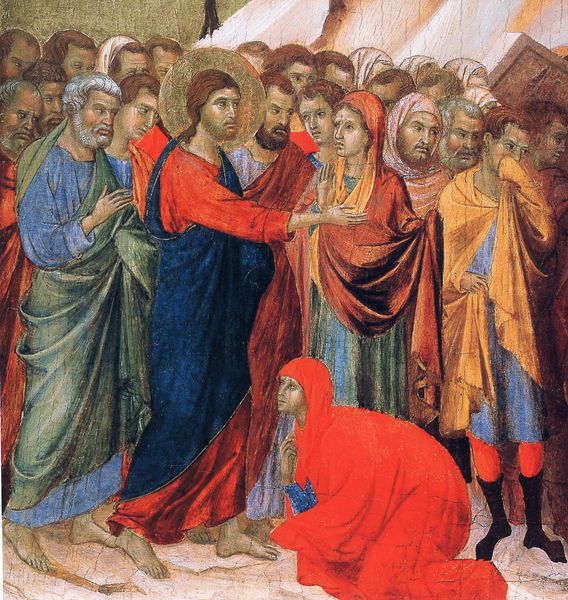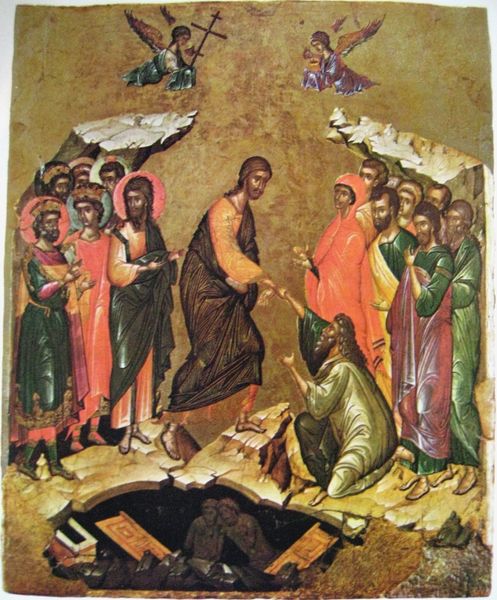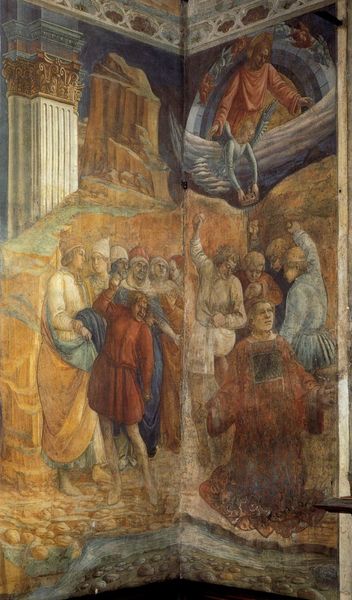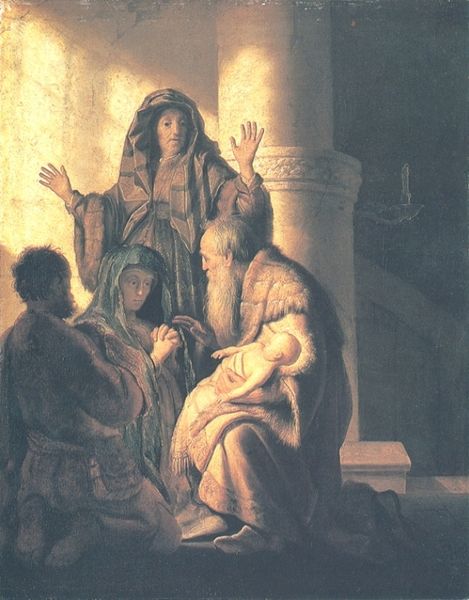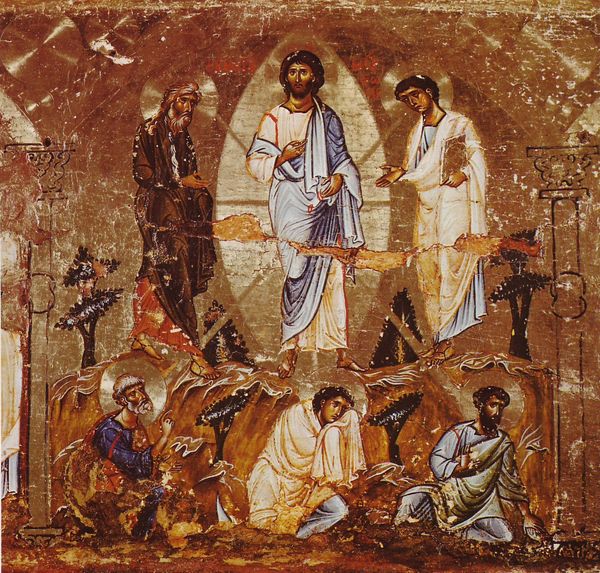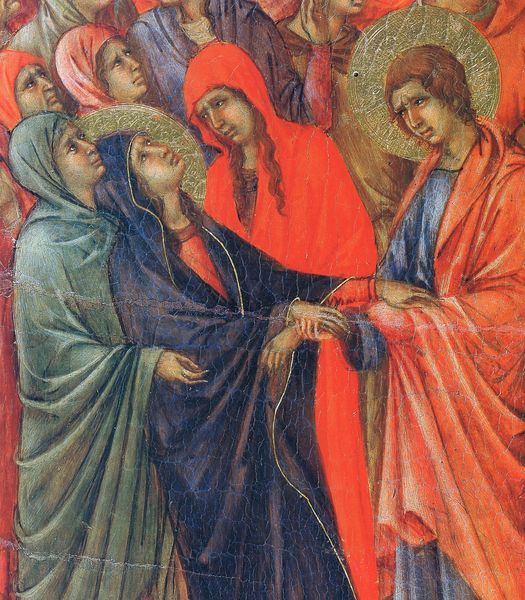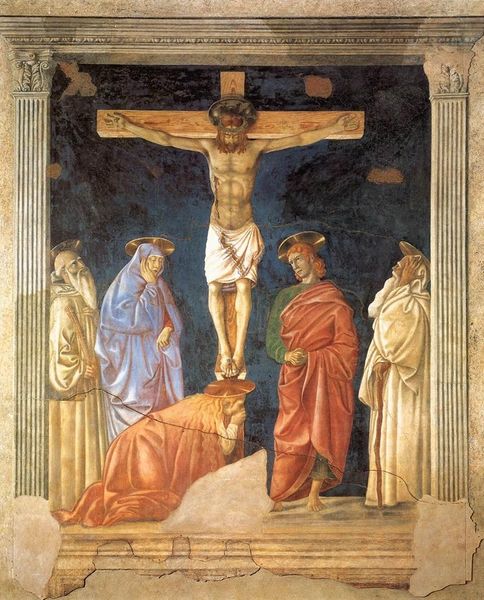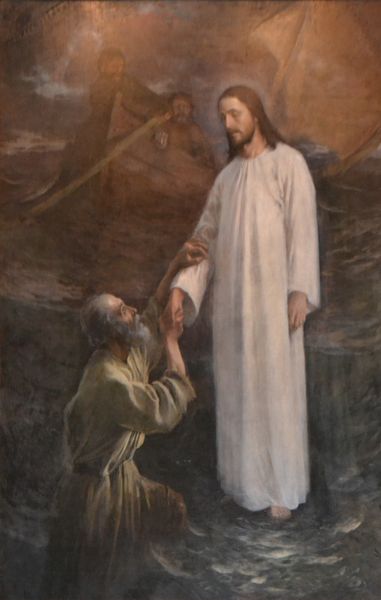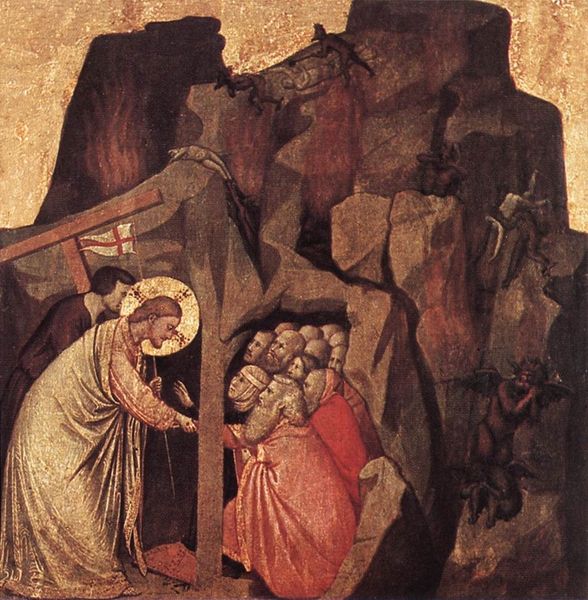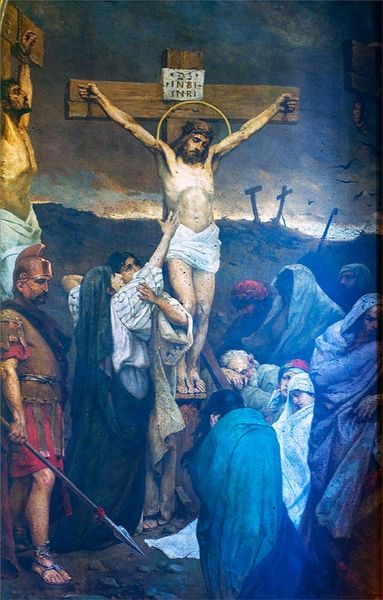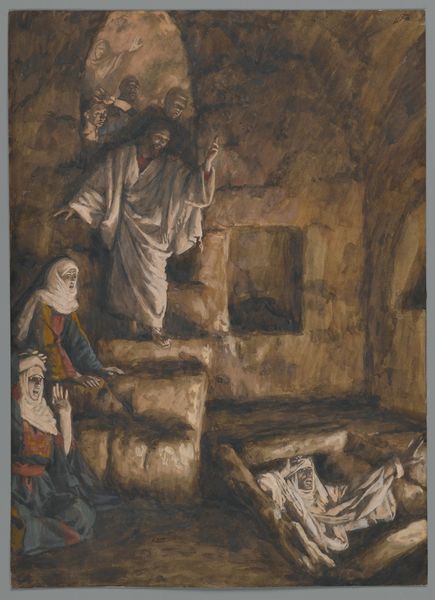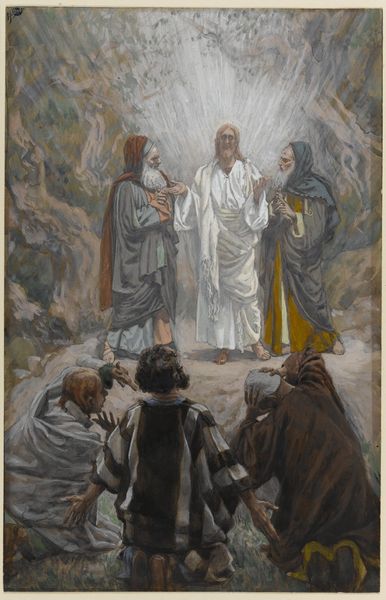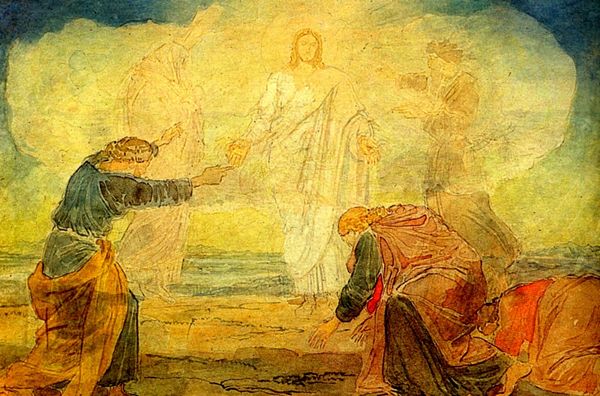
painting, oil-paint
#
painting
#
oil-paint
#
figuration
#
oil painting
#
history-painting
#
realism
Copyright: Public domain
Art Historian: Welcome. We’re standing before Wilhelm Kotarbinski’s painting, "The Resurrection of Lazarus". He employed oil paint for this figural, historical painting done in the style of realism. Curator: It's incredibly evocative! The shadowy tomb interior almost presses out at you, and the figures are rendered with this tangible, almost earthy texture. You can practically feel the weight of the stone and the fabric. Art Historian: Absolutely. And I find that realism especially compelling. The scene gains weight from being rendered so that it appears more within our reach, especially given the socio-political themes of salvation being portrayed. Consider how staging such an obviously miraculous event normalizes the impossible. Curator: It's intriguing how Kotarbinski uses the materiality of the paint itself to reinforce that theme. Note the deep blacks in the tomb's recesses against the luminous figures bathed in ethereal light. That stark contrast, achieved through careful layering and perhaps even the mixing of specific pigments, emphasizes the moment of transition between death and life. And given the way pigments were obtained and their costs, one must consider how that interplay between labor, commerce and technique helps to build up that contrast to suggest what he’s doing Art Historian: Good point. Moreover, there is such a cultural legacy within that image, not just regarding the narrative from the Gospels, but what resurrection means for Kotarbinski’s audiences. To present this particular historical vision serves particular political messaging. Curator: Definitely! By using those realistic brushstrokes to underscore the subject matter, Kotarbinski asks the viewer to consider this Biblical narrative. By bringing to life what once laid dead, Kotarbinski turns not just to Christ raising Lazarus, but also how his artistry transforms paint into spiritual themes and commentary. Art Historian: Indeed, and in turn it transforms its viewers as they are being prompted toward consideration. How compelling that a single painting does so much regarding political and religious views in this particular realistic depiction. Curator: Exactly. When we step back to ponder process, materials, and their role, the work truly opens itself up! Art Historian: Couldn't agree more. By reflecting on how it represents societal views on a sacred, historical miracle through form, structure and imagery helps us gain insights. Thanks for unpacking this complex, stunning piece!
Comments
No comments
Be the first to comment and join the conversation on the ultimate creative platform.
